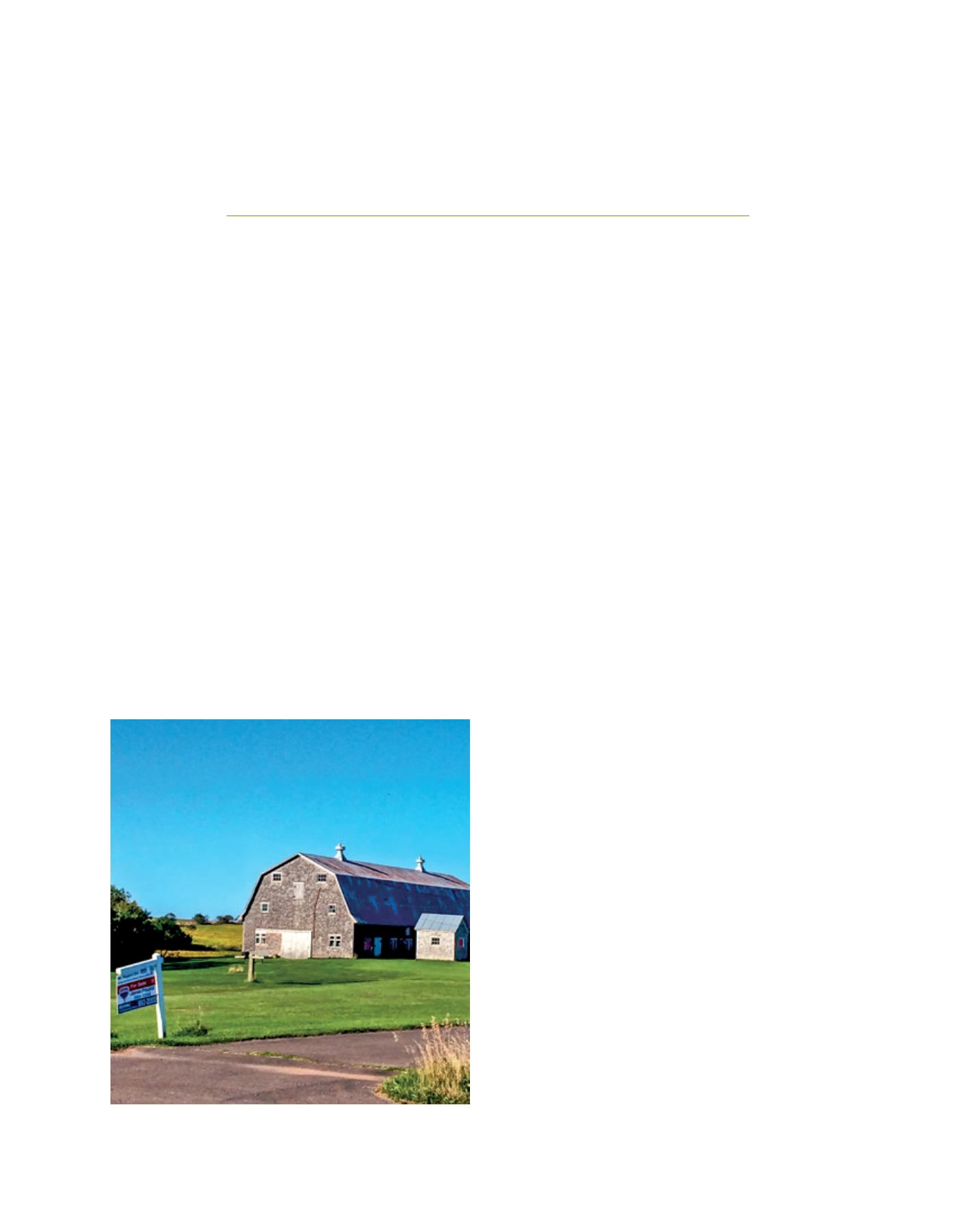

[
] 146
Families on the farm: a portrait of generations
and migrant workers in Canada
Nathan Battams and Nora Spinks, The Vanier Institute of the Family
F
amily farms have played a significant role in
Canada’s history, both in terms of the economic
contributions that agriculture has provided in the
development of local and provincial economies, and with
regard to the role farming has played in shaping commu-
nity and familial identities. Farming has a strong impact
on the lives of families involved in the practice, as it often
ties together notions of home, work, culture and kinship.
Family farms have been critical to Canada’s development
throughout its history, and despite the overall decline in
the proportion of Canadians and gross domestic product
devoted to the farming sector over the past century,
Canada remains one of the world’s largest agricultural
producers and exporters.
Farming in Canada is characterized by diversity because its
geographical landscape is diverse, with products ranging from
wheat and barley in the Prairie Provinces, to corn, produce
and dairy in Central Canada, to potatoes and cattle in the
Atlantic Provinces.
1
The number of farmers in Canada is declining. According
to Statistics Canada, the agricultural farm population (farm
operators plus the individuals living in their households)
stood at 650,395 in 2011, accounting for 1 in 50 Canadians.
Approximately 45 per cent of the farm population were farm
operators, while the remaining 55 per cent were other members
in the household. The number of farmers in Canada has been in
decline for decades: in 2011, there were 293,925 farm operators
in Canada, a 25 per cent drop since 1991.
Not only is the number of family farmers decreasing, but so
is the number of farms. The number of farms in Canada has
decreased, from 280,043 in 1991 to 205,730 in 2011. While they
come in a diversity of sizes ranging from small organic farms
to large-scale agricultural operations, the overall average size of
farms has increased, from an average 598 acres per farm in 1991
to 778 acres in 2011.
2
Economic necessity is driving farm consol-
idation, as many small farms don’t generate enough income to
support the families who own them and bigger farms are better
able to manage risk. When farm income isn’t enough to support
a household, off-farm income becomes more important to the
well-being of families. A study by the George Morris Centre
found that among farms with sales that exceed C$100,000 per
year, off-farm income accounted for less than half of total family
farm income, while for farms that bring in less than C$100,000,
off-farm income accounts for 76 per cent of family farm income.
Agriculture in Canada has become increasingly mecha-
nized, which allows for larger operations and reduces some
of the need for hired farm labour. Automated steering systems
allow for driverless tractors, mechanized milking machines
help farmers increase milk production and air seeders limit
the need to till the soil. Smartphones now provide farmers
with a variety of applications that can help with farming
responsibilities such as identifying pests, monitoring live-
stock and scouting for crops – tools that are mostly used by
younger farmers, but are becoming more widely utilized as
family farms continue to grow.
While technological advances have reduced some farm
workloads, many farms – particularly larger operations –
rely on hired labour from outside the family to effectively
manage farmland during planting and harvesting seasons.
According to Statistics Canada, more than one-third (34 per
cent) of farms in Canada report using hired labour to facilitate
farming and food production.
Despite the declining number of farmers and farms, as well
as the consolidation of farms in general, the farming sector is
still predominantly in the domain of sole proprietors and their
The overall number of family farms is decreasing as farm operations are
consolidating to remain competitive
Image: The Vanier Institute of the Family
D
eep
R
oots
















